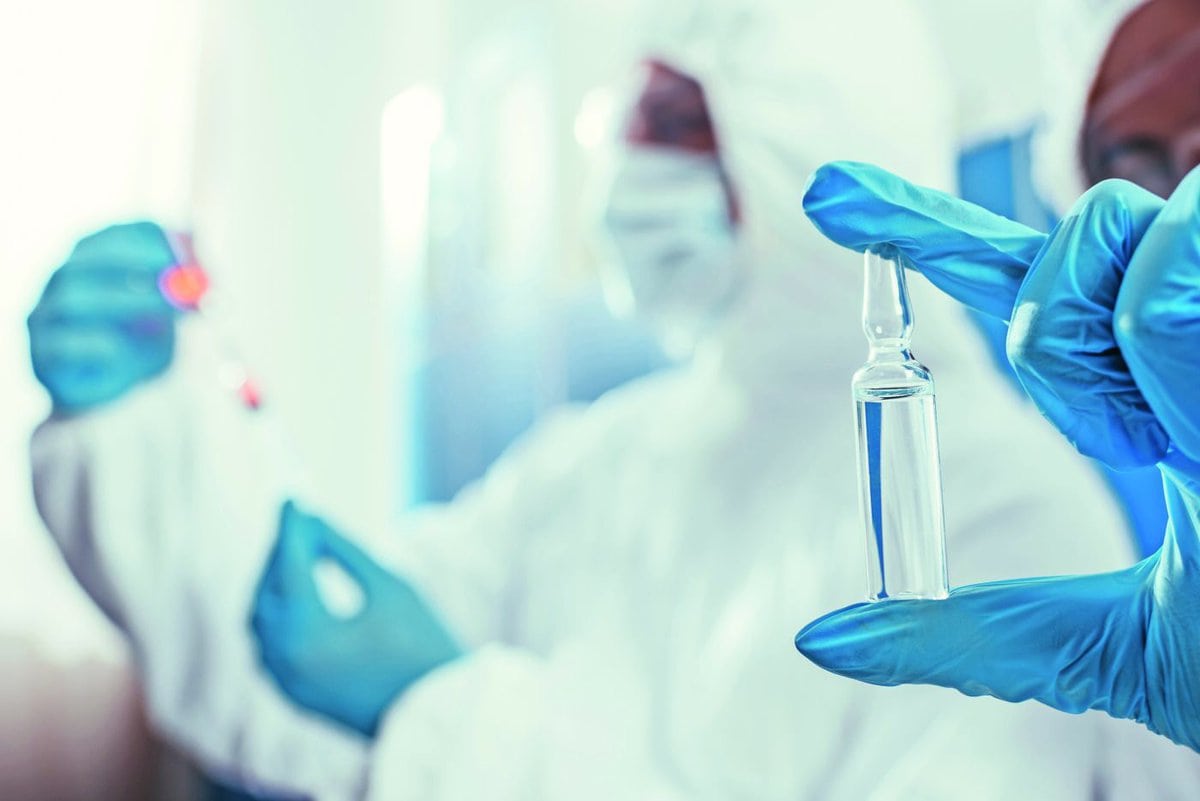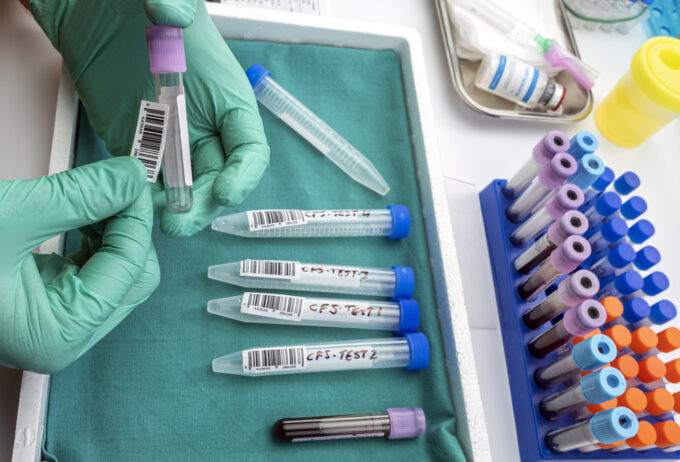Protection for work equipment no. 1
We always have our most important tool with us. It consists of 33 muscles and 27 bones, connected by joints and ligaments, supplied with energy and information via blood vessels, nerves and tens of thousands of sensors. We use this fascinating multifunctional tool to operate scalpels and jackhammers, keyboards and vehicles. Protecting and caring for our hands is essential.

Not all gloves are the same
The range of hand protection PPE is huge and there is a model that promises protection for every conceivable hazard, e.g. from mechanical risks such as stabs and cuts, from heat or cold, from chemicals or from radioactivity. For some activities and professions, there are also special gloves with tailored safety features, such as for working with a chainsaw or antistatic gloves for working with sensitive electronics.
This means that there is no such thing as a single protective glove; instead, the right type of glove must be selected for the specific activity and the associated health and injury risks. The standardization of quality requirements for protective gloves also includes labelling requirements. In addition to the CE mark, this includes a pictogram that visualizes the protective function, as well as information on the relevant standard, manufacturer, size and type.
Pictograms and code letters
The pictograms are supplemented by numbers and letters that specify the protective effect. For example, protective gloves against mechanical risks in accordance with DIN 388 use a 5- or 6-digit code to indicate the performance levels for the criteria of abrasion resistance, cut resistance, tear resistance, puncture resistance, a further cut resistance test and (optionally) impact protection. For chemical protective gloves in accordance with EN 374, 18 code letters stand for different classes of chemicals such as chlorinated hydrocarbons, organic acids or peroxides. Anyone who buys, uses or provides protective gloves to others should know the meaning of these pictograms and abbreviations. Which glove material is suitable for working with which chemical substances can be found in the respective safety data sheets for the chemicals.
In addition to the protection requirements and performance classes, other criteria play a role in the procurement of protective gloves. In logistics or assembly, grip, i.e. a non-slip grip, is important. In medicine or cosmetics, sensitivity to the touch is important. Depending on the industry and application, the properties sterile, food-safe or touchscreen-compatible can also be decisive. If a glove is also comfortable to wear, it will be popular.
Take a critical look at ingredients
Of course, a glove itself should not become a health hazard. Even if the use of some problematic ingredients has already been restricted, you should keep an eye on avoidable harmful substances such as
- Allergy risks from latex proteins, glove powders or vulcanization accelerators (dithiocarbamates, thirams, thioureas)
- Carcinogenic chromium compounds in leather gloves
- DMF (N,N-dimethylformamide) in polyurethane-coated gloves, which is considered toxic to the liver and toxic to reproduction
- Phthalates as plasticizers in PVC, therefore vinyl gloves should not be used in contact with food.
Although latex (natural rubber) is considered a renewable raw material, nitrile gloves are becoming increasingly popular as an allergy-friendly alternative.
Overview per glove plan
Prevention experts recommend clearly setting out the company-specific requirements for wearing protective gloves in a glove plan. Such a plan
- indicates which glove model - preferably with product image - is to be used for which activity
- is clearly visible at the workplace
- prevents a glove from being incorrectly selected or incorrectly used
Mixing up the glove model can have fatal consequences, especially when it comes to hand protection against chemicals. It goes without saying that the gloves shown on the plan must also be provided in the required sizes. Ideally, they should be available directly on site, as the effort involved in having to obtain gloves first reduces the acceptance of wearing them. Many manufacturers support the creation of glove plans. Sample templates from the Internet should definitely be adapted to the specific situation on site.
"If the feel and comfort are right, a glove will be used with pleasure."
When the glove becomes a risk factor
It should be familiar to the core workforce, but must be explained again and again to job starters, trainees, temporary workers, etc: Protective gloves must not be worn on machines with rotating parts such as drilling, turning, milling, etc., including circular saws. This is because there is a risk that a glove will be caught up in the rotating movement and pull your hand and arm along with it in a matter of seconds. Very serious injuries can then hardly be prevented.
12 tips: Use chemical protective gloves safely
When it comes to protective gloves against mechanical hazards, such as those often seen on construction sites, the most important thing is that they are actually worn. However, where hands need to be protected from the effects of chemicals, wearing gloves becomes more complex. Anyone using chemical protective gloves should be aware of the following basic rules.
- Always select gloves suitable for the hazard or chemical, i.e. understand the glove labeling and observe the safety data sheet.
- Inspect the glove before putting it on. Is it undamaged and - at least on the inside - clean and dry?
- Use the glove only in the manner and for the purposes intended by the manufacturer according to the user information provided.
- Only put on gloves with clean and dry hands, keep fingernails short and remove jewelry if necessary.
- Fold the cuffs over to prevent them from spilling onto the skin, especially when working overhead.
- Observe the maximum wearing time of the glove!
- Avoid occlusion effect, use undergloves if necessary (see info box).
- Use disposable gloves only once - they are called that for a good reason.
- Wash contaminated gloves or (in the case of non-water-soluble hazardous substances) wipe them off and remove them in such a way that adhering substances or droplets do not end up in the working environment.
- Do not leave used and soiled gloves lying around (and thus contaminate the table or surroundings), but dispose of them properly without delay.
- Do not neglect skin protection and skin care with suitable products.
- Report skin problems to your supervisor and do not procrastinate, but consult a doctor.
If the hand or skin is already damaged, e.g. chafed, scraped, burnt or irritated, the wearing of chemical protective gloves should be discussed with a dermatologist or occupational physician.
The occlusion effectIf liquid-tight gloves have to be worn frequently or for long periods of time, e.g. in the laboratory or for cleaning tasks, the hands cannot release sweat to the outside. Moisture and heat accumulate under the glove. This occlusive effect causes the skin to swell and soften. The natural protective acid mantle is disrupted, the skin becomes more permeable and more sensitive to injuries. Bacteria, fungi and harmful substances can also penetrate more easily. In this way, the occlusive effect can be avoided or mitigated:
|









